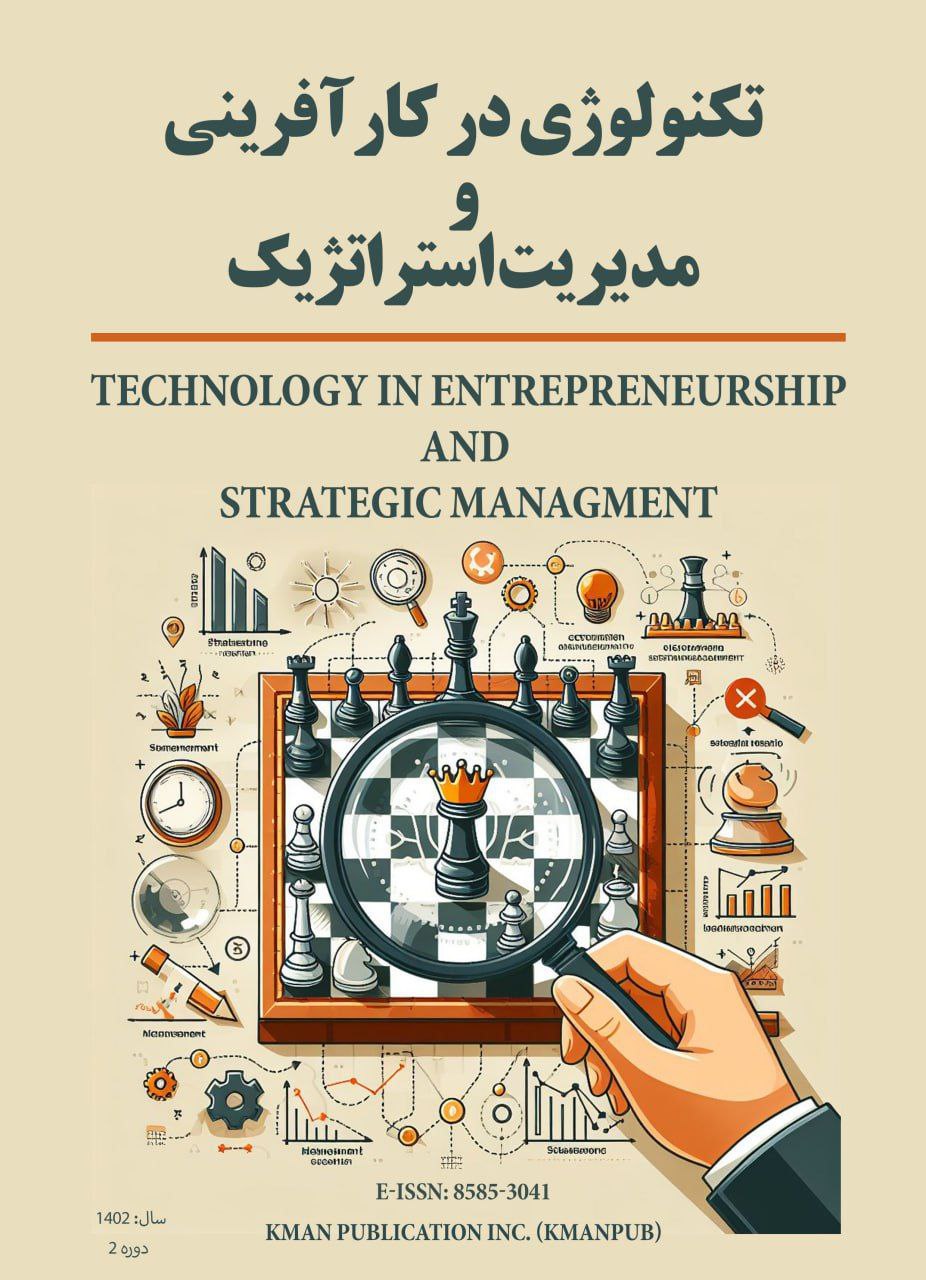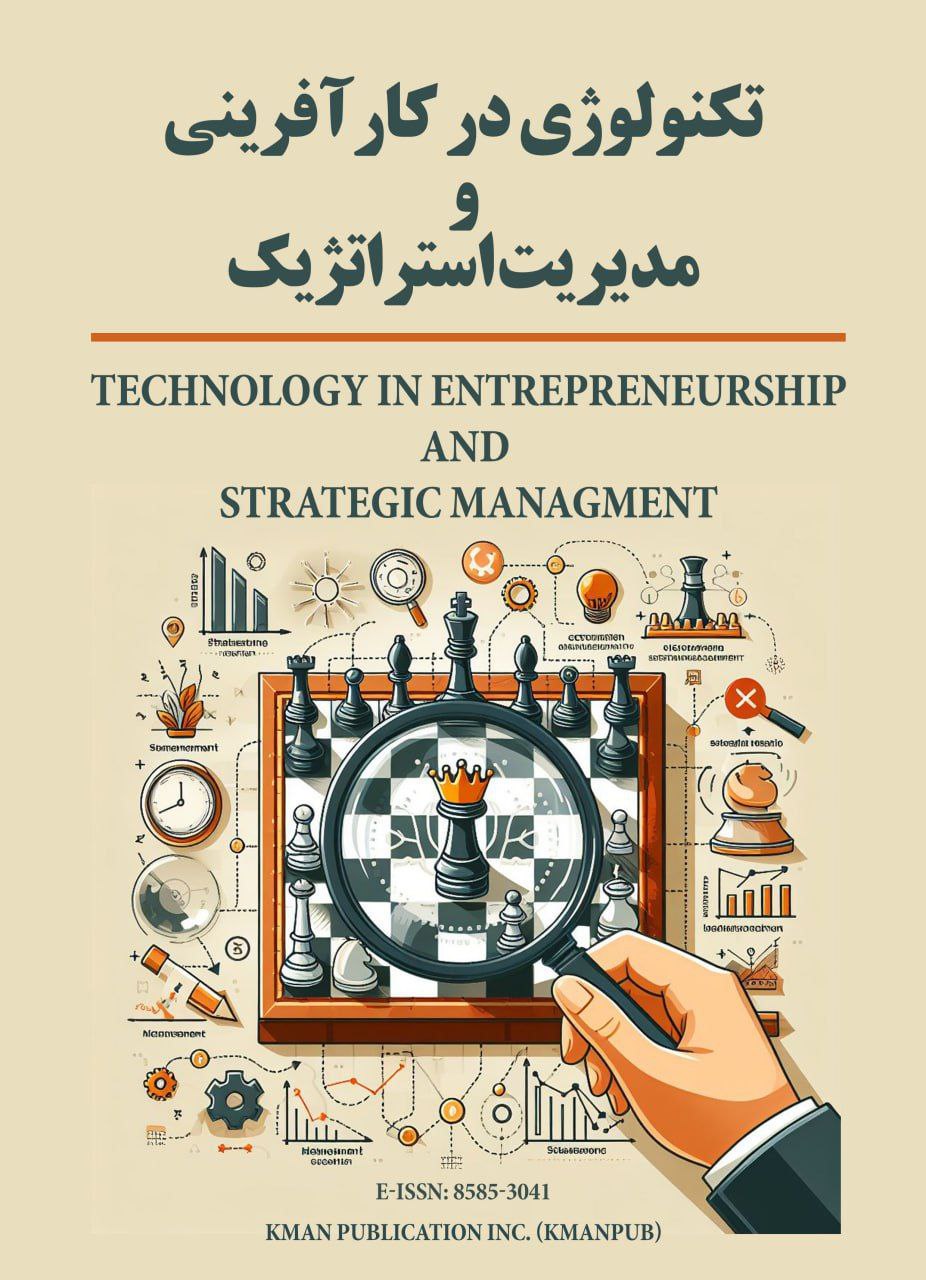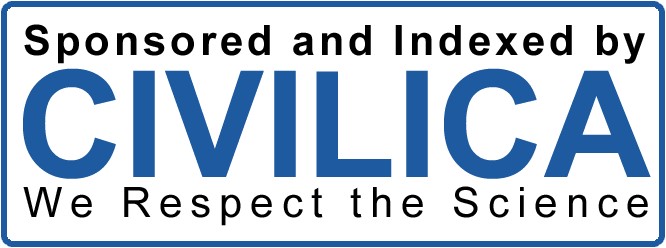Designing a Sustainable Building Technology Transfer Model
Keywords:
Technology Transfer, Sustainable Building, Grounded TheoryAbstract
The transfer of sustainable building technology in the construction industry is of high importance for reducing energy consumption, protecting the environment, and increasing economic efficiency. This process includes indigenous research and development, international collaborations, workforce training, the formulation of supportive regulations, and the implementation of pilot projects. By leveraging these actions, sustainable development in the construction industry can be achieved, which, in addition to reducing costs, helps preserve natural resources and improve the quality of life. This abstract discusses practical solutions and the necessities for the successful implementation of this process. The present study aims to design a model for the transfer of sustainable building technology. The approach used in the research is qualitative and based on the grounded theory strategy. Data were collected using in-depth interview tools. Theoretical saturation was achieved after 11 in-depth interviews using purposeful sampling. In the grounded theory approach applied in this study, 22 general categories were identified during the three stages of open, axial, and selective coding, categorized within a paradigm framework including causal conditions, contextual conditions, intervening conditions, core categories, strategies, and consequences. The results showed that in today's competitive business environment, construction industry managers are seeking solutions to increase efficiency, improve strategic intelligence, reduce costs, and achieve sustainable building. To achieve these objectives, the transfer of sustainable building technologies emerges as a crucial strategy.






















